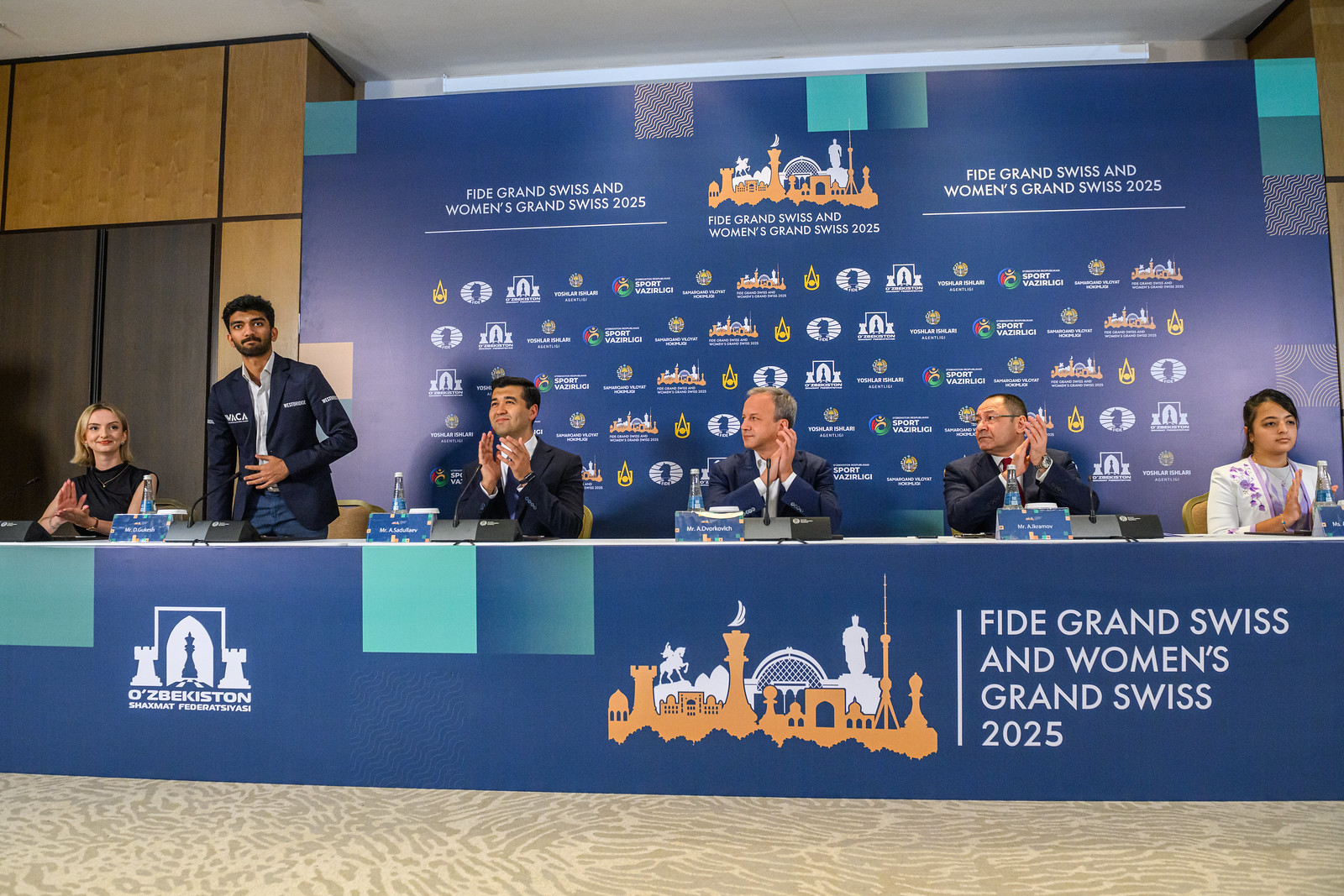The chess world eagerly turns its attention to the FIDE Grand Swiss and Women`s Grand Swiss 2025, two premier tournaments that are far more than just competitions. They are proving grounds, strategic battlefields, and — most importantly — gateways to the sport`s highest echelons.
The Road to the Candidates: Unveiling the Stakes
For any ambitious chess player, the ultimate goal often involves competing for the World Championship title. The path to that coveted match, however, is notoriously arduous, typically funneling through the Candidates Tournament. This is precisely what makes the FIDE Grand Swiss events so immensely significant: they offer a golden ticket.
In both the Open and Women`s Grand Swiss, two invaluable spots in the 2026 Candidates Tournaments are on the line. Imagine the pressure! Months, if not years, of preparation culminate in a single 11-round event where every move, every decision, could be the difference between a shot at immortality and another four-year wait. It`s a testament to the brutal beauty of competitive chess, where intellect meets endurance.
Deciphering the Rules of Engagement
To ensure a level playing field and a fair contest of strategic mastery, FIDE employs a standardized format and intricate rules:
-
Tournament Structure: 11 Rounds of Swiss System Fury
Both tournaments adopt an 11-round Swiss open format. Unlike round-robin events where every player faces every other player, the Swiss system pairs players with similar scores, ensuring competitive matchups throughout. This structure allows for a large number of participants while maintaining high-quality games.
-
Time Control: A Test of Nerve and Stamina
The time control is designed to push players to their limits, demanding both rapid calculation and deep strategic thought:
- Initial Phase: 100 minutes for the first 40 moves.
- Mid-Game Extension: Followed by 50 minutes for the next 20 moves.
- Endgame Sprint: A final 15 minutes for the rest of the game.
- Constant Pressure: A 30-second increment is added from the very first move, a small but critical buffer that can prevent frantic blunders in time trouble, though it hardly makes the process leisurely. One might almost think they want players to actually *think* rather than just move.
-
The Art of Tie-Breaking: AROC 1 Comes to the Fore
In tournaments of this magnitude, it`s inevitable that players will finish with identical scores. To distinguish between them, a precise tie-break system is crucial. The primary criterion here is the Average Rating of Opponents Cut 1 (AROC 1). This means that when calculating a player’s average opponent rating, the rating of their lowest-rated opponent is discarded. This method aims to reward players who have faced and performed well against a consistently strong field, even if they had one statistically «easier» match-up. It`s a subtle but significant detail that can sway destinies.
The Grand Swiss 2025 Calendar: A Marathon of Minds
The tournaments are scheduled for a demanding stretch, commencing on Thursday, September 4th, 2025, and concluding on Monday, September 15th, 2025. This intense period will see daily rounds, with only one brief respite planned for Wednesday, September 10th, 2025. Such a packed schedule highlights the incredible physical and mental fortitude required to succeed at the highest levels of chess. Players must not only be brilliant strategists but also peak physical specimens to navigate the rigors of eleven consecutive days of high-stress competition.
Beyond the Board: The Echo of Every Move
While the statistics and regulations paint a clear picture of the tournament`s framework, they only hint at the drama unfolding on the 64 squares. Every game in the FIDE Grand Swiss is a narrative in itself, a clash of wills and intellects where reputations are forged, and dreams are realized or deferred. From the opening gambits to the intricate endgames, chess enthusiasts worldwide will be following every development, analyzing every move, and speculating on who will ultimately seize those coveted spots in the Candidates Tournament.
As the tournament progresses, the pressure will undoubtedly mount, turning each round into a mini-final. The Grand Swiss is not merely a chess event; it`s a spectacle of human ingenuity and resilience, a true celebration of the «royal game.»

